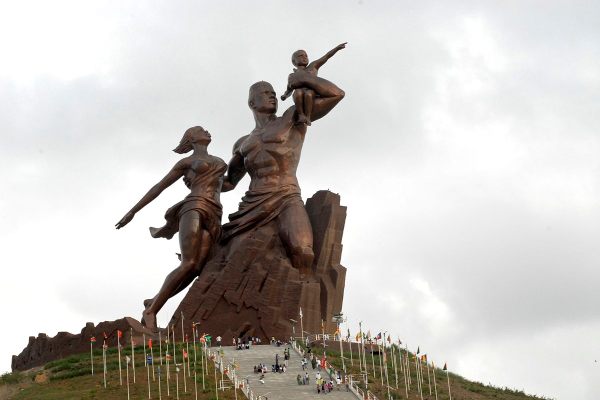About
Rising above Mansu Hill in North Korea is a soaring pegasus with a pair of citizens riding the majestic beast into the metaphorical future. This is the image of Chollima, one of the most important symbols in North Korea.
Located in the North Korean capital of Pyongyang, the towering statue is a monument to Korean workers, the symbol of which crowns the monument. The symbol itself is of Chinese origin, a magical horse that is so fast, no man can mount it, being an Eastern allegory to the pegasus. The name even translates to "thousand-mile horse."
The symbol was introduced to North Korea by in 1956 by Kim Il-Sung, who used it as the mascot for his Chollima Workers Movement. The country was in need of rapid reconstruction following the Korean War, and Il Sung used the slogan, "Let us dash forward in the spirit of Chollima!" to invoke the mythical creature's speed and perseverance over seemingly impossible goals. The campaign seemed to work too, leading to years of rapid reconstruction. Unfortunately, people are not magical tireless horses, and by the 1960s the movement had petered out for the most part.
However, the Chomilla remains a popular icon in the country, even lending its name to the national football team. There are small versions of the statue to be found all over the country, but the main Chollma Statue in Pyongyang was built in 1961 and stands over 150 feet tall. Despite the legend, it does not move at all.
Related Tags
Community Contributors
Added By
Published
June 24, 2015






















